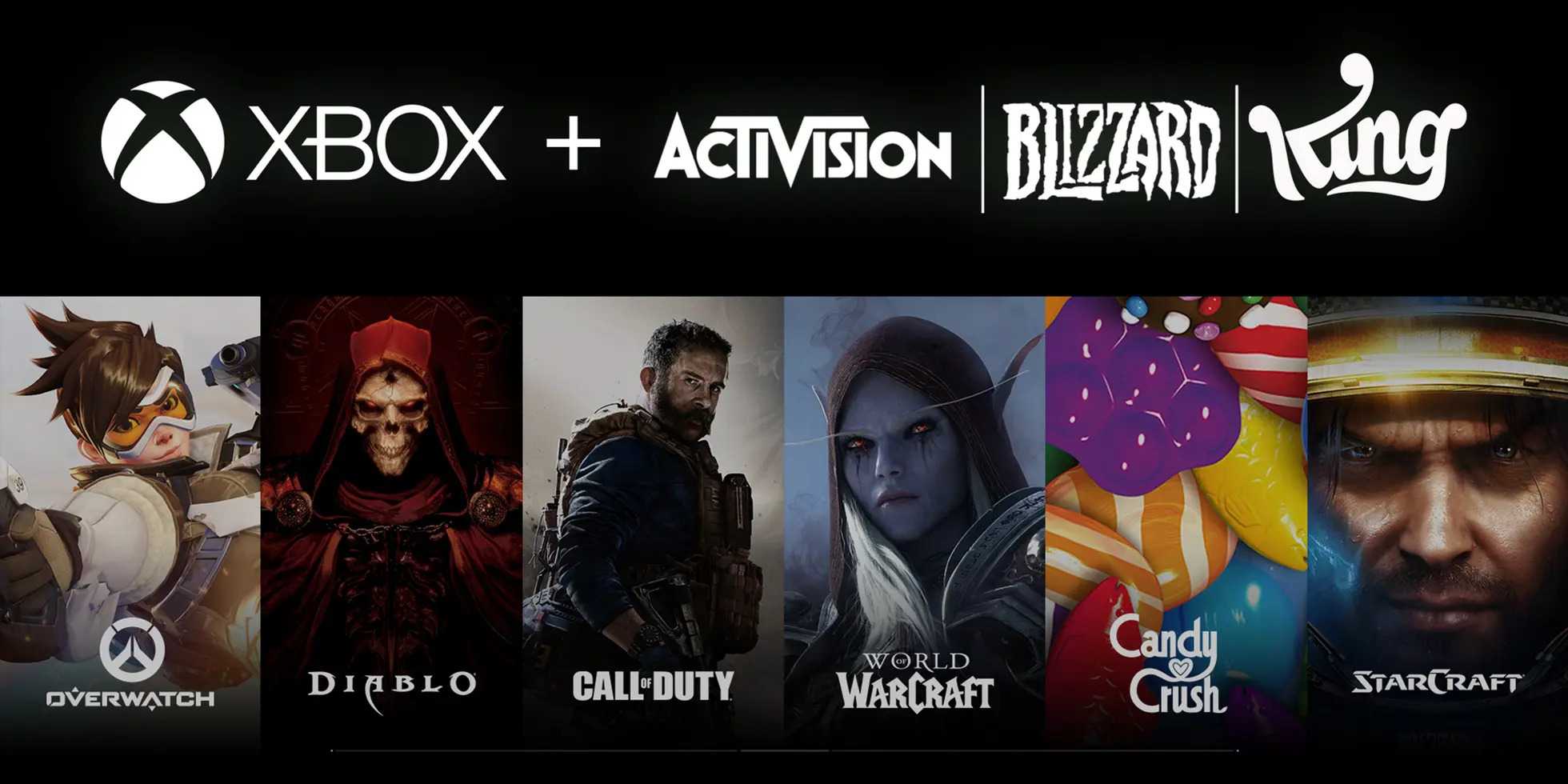For a full year now, we’ve all stayed home and practiced social distancing as much as possible, which has led to increased feelings of social isolation and loneliness. For many, regular gaming sessions with friends and family members has been a partial antidote.
In fact, the World Health Organization even changed its tune during the pandemic to recommend gaming to more people. The result has been a dramatic increase in game sales for the industry, especially for digital purchases, and we’ve seen a clear shift towards games that foster a social connection, whether cooperatively or competitively.
Multiplayer titles have always been popular, of course – one look at Fortnite, PUBG, Call of Duty, and others is evidence of that. And established players like Activision and Nintendo have thrived thanks to Call of Duty and Animal Crossing, respectively. But during the pandemic, there have been numerous surprise hits such as Among Us, Fall Guys, and just recently Valheim from Coffee Stain Studios (Goat Simulator). The Vikings-themed survival title for up to 10 players amassed over 2 million sales on Steam in just 13 days – along with a peak concurrent player milestone of 360,000 – and by its third week, the game reached 3 million copies sold.
Consumers are constantly looking for fun, polished entertainment, but there’s no doubt that entertainment consumption overall has been amplified by the pandemic. This is especially true among younger consumers, many of whom have been stuck at home alternating between remote schooling and entertaining themselves (often with games).
According to Interpret’s New Media Measure®, overall time spent on multiplayer gaming among all gamers in the US jumped 20% from 5.5 hours weekly in 2019 to 6.6 hours in 2020. Young adults saw the biggest gains in time spent on multiplayer titles, with those in the 18-24 age group growing their multiplayer gaming time by 21%. The 13-17 age group spends the most time (9.3 hours) and saw growth of nearly 15%. Older generations were not far behind, however. The 25-34-year-old bracket grew over 12%, the 35-44-year-old segment grew over 16%, and even the 45-54-year-old demographic saw nearly 12% growth.







